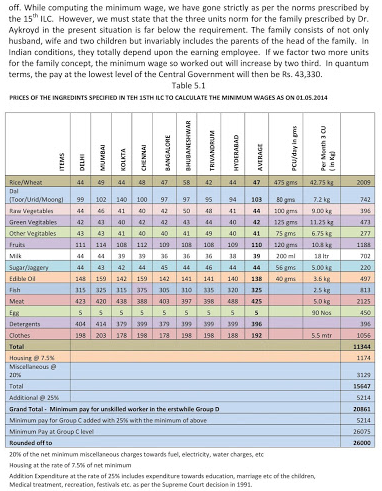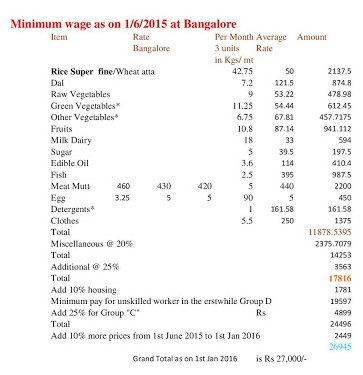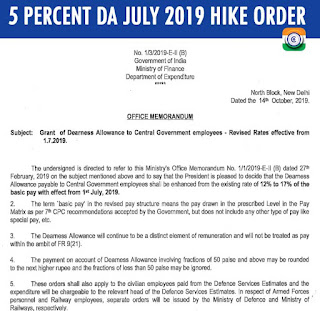Central Government Employees demand of date of effect from Jan 2014 is fully justified.
Comrades,
Now the Government has announced the One Rank One Pension Scheme for Defence veterans. Its Highlights are as follows.
Now we should expect the 7th CPC report to be submitted in next three months( after Bihar Elections)
Now the Defence veterans are now having five years wage revision. The government has allowed Central Public Sector units to revise wages of all non-executive employees every five years instead of 10 years. Bank employees are having five years wage revision.
Why not Central Government employees have the same five years wage revision provided to others and have a permanent wage review body. Now our demand of Central Government employees by the staff side JCM for date of effect from Jan 2014 is fully justified by Government issuing orders for others for five years wage revision as in case of Defence veterans, Bank employees and Central Public Sector.
Comrades,
Now the Government has announced the One Rank One Pension Scheme for Defence veterans. Its Highlights are as follows.
In future, the pension would be re-fixed every 5 years.The benefit will be given with effect from 1st July, 2014. Arrears will be paid in four half-yearly instalments. All widows, including war widows, will be paid arrears in one instalment.To begin with, OROP would be fixed on the basis of calendar year 2013. Pension will be re-fixed for all pensioners retiring in the same rank and with the same length of service as the average of minimum and maximum pension in 2013. Those drawing pensions above the average will be protected.
Now we should expect the 7th CPC report to be submitted in next three months( after Bihar Elections)
Now the Defence veterans are now having five years wage revision. The government has allowed Central Public Sector units to revise wages of all non-executive employees every five years instead of 10 years. Bank employees are having five years wage revision.
Why not Central Government employees have the same five years wage revision provided to others and have a permanent wage review body. Now our demand of Central Government employees by the staff side JCM for date of effect from Jan 2014 is fully justified by Government issuing orders for others for five years wage revision as in case of Defence veterans, Bank employees and Central Public Sector.
Comradely yours
(P.S.Prasad)
General Secretary
Source: http://karnatakacoc.blogspot.in/General Secretary












